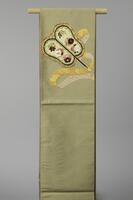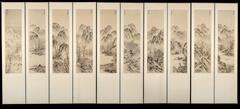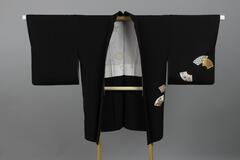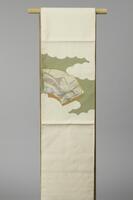13 UMMA Objects
13 UMMA Objects
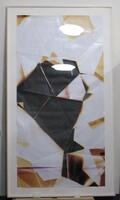
Walead Beshty (American (North American))
3 Sided Picture (Yellow), November 26, 2007, Westwood, CA, Kodak Supra
2008
Museum Purchase made possible by the W. Hawkins Ferry Fund
2008/2.7

Bill Brandt (British (modern))
Campden Hill, London
1955
Gift of Two Friends of the Museum
1993/1.42
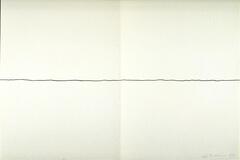
Robert Whitman
Untitled, from "The New York Collection for Stockholm: 30 Artists"
1973
Gift of Mr. Robert Rauschenberg
1976/2.133

Japanese (Japanese (culture or style))
Obi
20th century
Gift of Howard and Patricia Yamaguchi
2013/2.384

Korean (Korean (culture or style))
Lotus and Carp
19th century
Museum purchase made possible by the Director's Acquisition Committee, 2014
2014/2.202
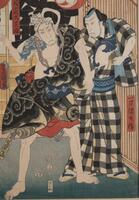
Utagawa Kunisada (Japanese (culture or style))
Mirror of Men and Irises: Kataoka Gadō II as Issun Tokubei and Morita Kanya XI as Tsuribune Sabu
1855
Gift of Dr. and Mrs. Andrew Rosenblum
2011/2.61
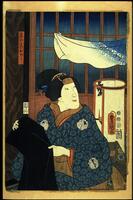
Utagawa Kunisada (Japanese (culture or style))
Onoe Kikujirô II as Mondo's Wife, Oyasu; from Sumidagawa tsui no kagamon
1852
Gift of Herbert Barrows
2000/2.286
Loading…
